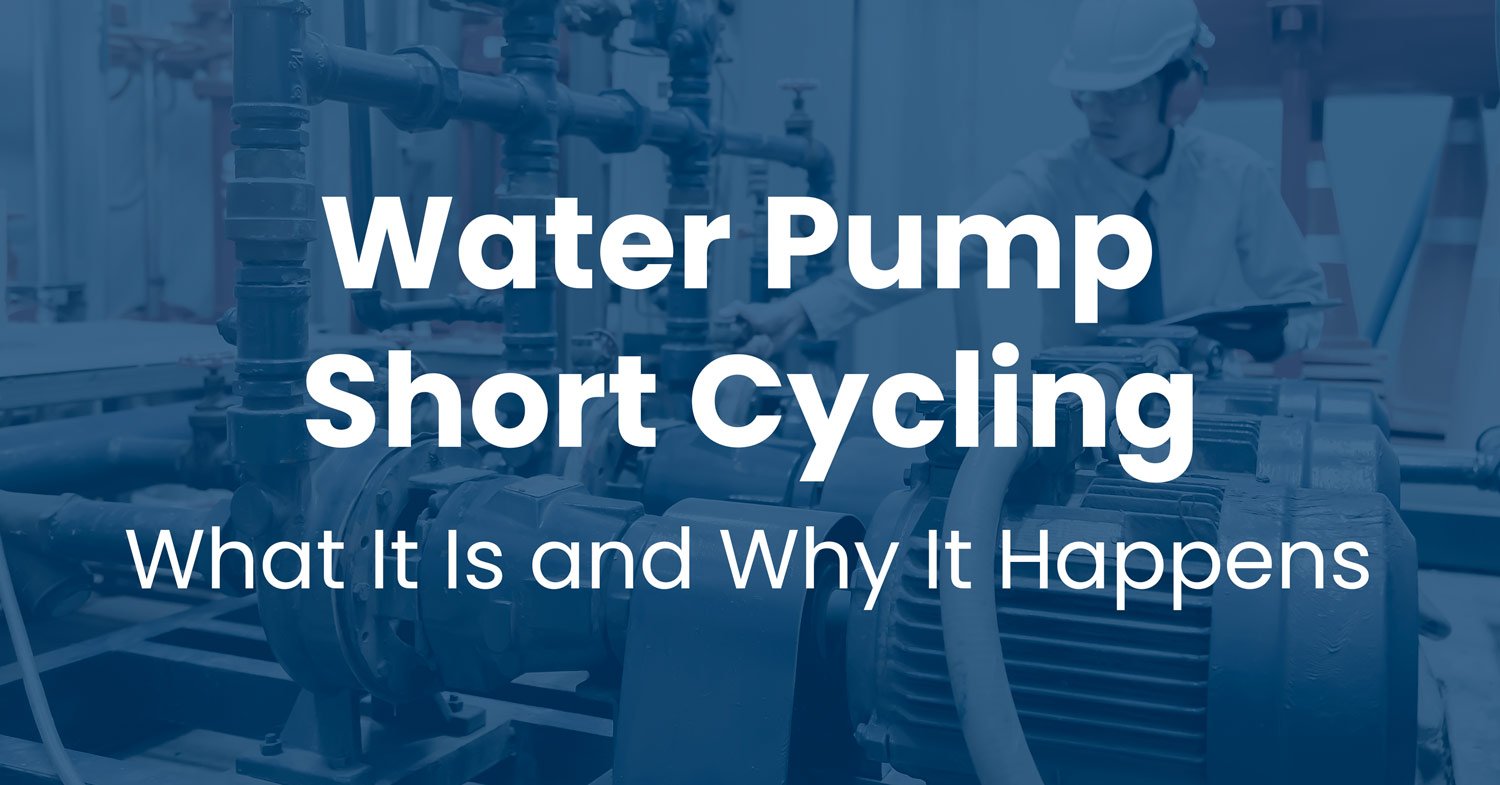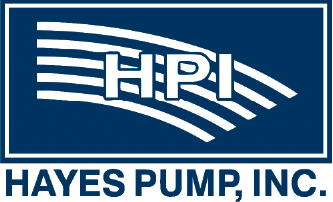Home » Blog » What Is Water Pump Short Cycling and Why Does it Happen?
What Is Water Pump Short Cycling and Why Does it Happen?

If your water pump keeps turning on and off rapidly, you may be dealing with short cycling. This common issue not only disrupts water flow but also puts unnecessary stress on your pump, leading to premature wear and costly repairs if left unresolved.
What Is Water Pump Short Cycling?
Water pump short cycling happens when a pump turns on and off repeatedly in quick succession while trying to deliver water.
In a normal setup:
-
The pump kicks on when the pressure in the tank drops too low.
-
It runs until enough water fills the tank, building pressure.
-
Once the set pressure is reached, the pump shuts off.
When short cycling occurs, the pump struggles to correctly gauge pressure levels. Instead of running through a full cycle, it constantly toggles on and off—causing irregular water flow and motor damage over time.
Common Causes of Water Pump Short Cycling
Several issues can trigger short cycling. Below are the most frequent culprits:
1. Faulty Pressure Switch
-
What it does: The pressure switch tells the pump when to turn on or off.
-
Why it fails:
-
Sediment buildup can clog the orifices, making readings inaccurate.
-
Burned electrical contacts can cause the pump to cut out abruptly.
-
-
Solution: Replacing the switch typically resolves the issue.
2. Too Much Air in the Tank
-
Tanks can be bladder-type or traditional charged tanks.
-
If there’s excess air pressure inside, the pump shuts off before the tank is filled to capacity.
-
Example: A tank rated for 60 psi, already sitting at 40 psi of air pressure, will cause the pump to shut off much too early.
-
Fix: Vent and reset the tank’s pressure to factory levels.
3. Too Little Air in the Tank
-
More common in non-bladder tanks.
-
If air pressure drops too low, the switch misreads the pressure, and the pump keeps cycling.
-
Solution: Add air to bring the tank back to proper balance.
4. Blocked Water Lines
-
Over time, sediment buildup in old lines can create pressure fluctuations.
-
This can cause the pump to shut down prematurely, even when more water is needed.
-
Note: This is unlikely in new systems but should be checked in older installations.
FAQs About Pump Short Cycling
Q: Is short cycling dangerous?
Yes. Beyond poor water flow, it wears out your motor faster and can cause overheating or electrical issues.
Q: Can I fix pump short cycling myself?
Basic fixes like adjusting tank pressure are possible for experienced homeowners. However, electrical issues or sediment-related damage should be handled by professionals.
Q: How do I know if my tank has too much or too little air?
If your pump cycles too quickly or pressure seems inconsistent, testing tank pressure with a gauge is a good first step.
Q: Does short cycling affect pump lifespan?
Definitely. A pump forced to start and stop repeatedly will fail much sooner than one running at normal cycles.
Key Takeaways
-
Water pump short cycling = pump turning on/off too quickly.
-
Main causes: faulty pressure switch, incorrect air pressure, or clogged lines.
-
Risks: irregular water flow, higher energy costs, and premature pump failure.
-
Solution: Timely maintenance, pressure adjustments, or professional repair.
Don’t Let Short Cycling Damage Your Pump
Short cycling reduces efficiency, increases wear, and can even become dangerous if high-pressure tanks aren’t handled properly.
At Hayes, we’re a factory-trained, authorized repair center for leading pump manufacturers. Our experienced technicians can quickly diagnose and repair short cycling issues to keep your system running smoothly.
Need help with a short cycling pump? Contact Hayes today for expert troubleshooting and repair.
Updated August 2025 with additional details for clarity and current practices.




